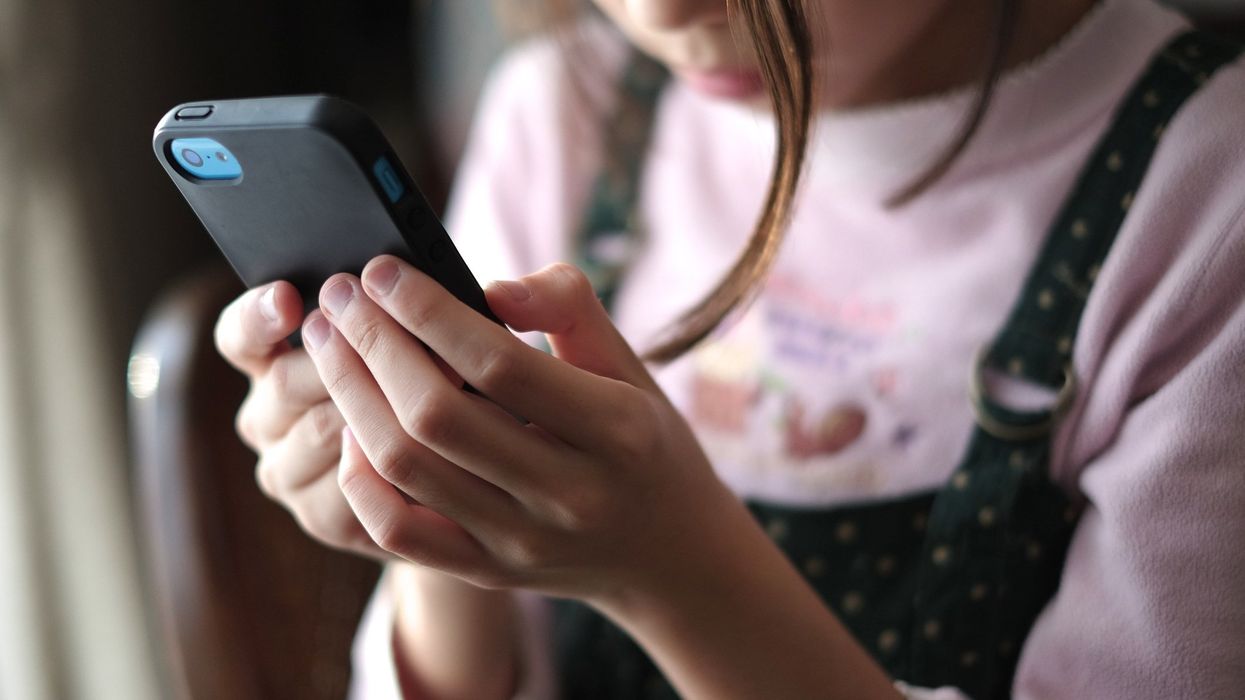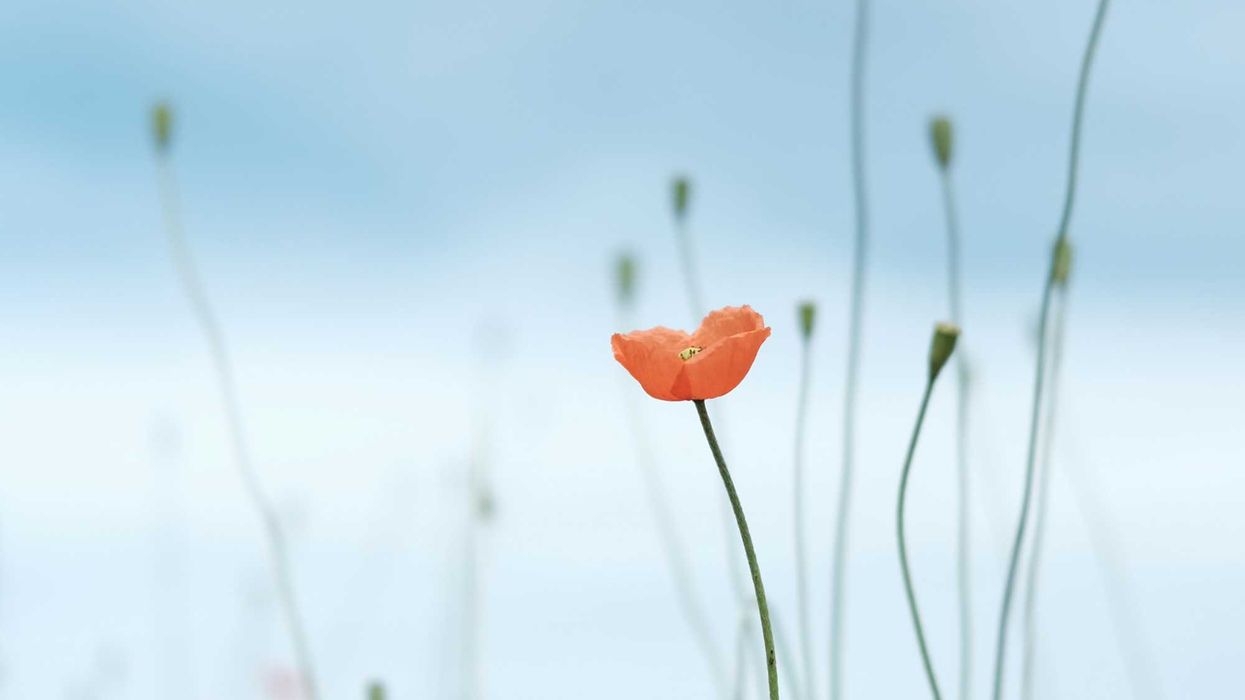“We have good people here, and if we have help highlighting our good people, we can connect more, collaborate more, be more creative, and resist harder,” said Berwyn resident Isabel Gonzalez Smith.
On a breezy November Saturday afternoon, members of the Cook County suburban city, had the opportunity to meet with local journalists and be heard at the Liberty Cultural Center in Berwyn, IL.
The listening session was part of the Berwyn Collaborative: Understanding Community Needs, an engagement initiative led by News Ambassadors (NA) in partnership with Cicero Independiente, WBEZ, and Illinois Latino News (ILLN).
The project aims to actively engage residents through surveys and events rather than assuming what they need or want from local news coverage.
“We don’t see the public as an audience,” said Hugo Balta, publisher of ILLN and director of solutions journalism & DEI initiatives at The Fulcrum, who attended the event. “They are collaborators who help shape our news coverage. This project assists us in better understanding what issues matter most to the impassioned people of Berwyn.”
Irene Romulo is the Development and Community Engagement Coordinator for Cicero Independiente, and has played a pivotal role in helping the team navigate the cultural landscape of Berwyn. Romulo hopes this project can help enhance Cicero Independiente’s coverage of the area.
“We want our news and information to meet the needs of Berwyn residents, we want to reach them in ways that work best for them,” said Romulo. “To be able to do this, we need to take the time to understand the needs of the people who live there.”
The Berwyn Collaborative seeks to understand the needs of Berwyn residents through community engagement by canvassing, sending out local news surveys, and hosting the community listening session. Once the needs of the community are better understood, the collaborative will produce solutions-based stories so that community needs can be met with solutions.
The project’s philosophy is founded on the ideas of Solution Journalism (SJ). Instead of simply highlighting something going wrong, the emphasis in SJ reporting is on how people are moving forward, building up, or responding to an issue.
Solutions Journalism can be loosely defined as “a specific reporting strategy to uplift solutions and common ground, not focused on problems, but on what people can do about them,” said Shia Levitt, director of News Ambassadors. “And then bringing local communities tools that can solve those problems.”
Shia Levitt and the NA team work with young journalists to foster stories shaped in solutions journalism or a depolarization reporting strategy in order to improve coverage of contentious issues. Project director Shia Levitt and the News Ambassadors team have brought solutions journalism or depolarization reporting methods to about 100 student journalists in seven states, impacting more than a half dozen communities across the country. The stories are not meant to be ‘hero worship’ feel-good pieces.
“Instead, solutions journalism stories are rigorous evidenced-based stories on how a response to a problem is working, or really what ways it’s working and what ways it is not,” said Levitt. Stories have to include “what are the limitations of a response someone is trying, and what are the insights and lessons learned that can help others trying to solve that problem in another place.”
Berwyn residents brought a vast range of emotions and opinions to the listening session. A particularly recurring theme was a frustration towards what they perceive to be a normalized culture of corruption amongst certain groups of locally elected officials. Participants also pointed out that there is a lack of transparency when it comes to government spending in Berwyn, and that the community needs a more detailed explanation of how money is allocated by the city council, and how building codes and regulations are decided upon.
“The vast majority [of Berwyn residents] are working class folks, and they don’t have time, and I speak with them personally, to go to the city council meetings or the school board meetings,” said Tomasa Ambriz, Berwyn Township Trustee. “Having someone that you can trust to give you adequate and accurate information at the end of those meetings, it’s vital.”
Many attendees stressed that the lack of accessible and transparent information about city governance is what allows for corruption and mismanagement to take place.
Another common theme was a strong community connection between the residents of Berwyn. One listening session group brainstormed ways in which the community can use grass roots efforts to address representative challenges.
“So we have to be careful about balancing new ideas with old ideas,” said Nester Zaualo, a social work student and Berwyn resident. “And give space for new voices and new ideas and some change, and I think that we have to also support each other in our individual roles [in that process].”
Zaulao also emphasized the importance of having a more detailed statistical framework about representative issues in Berwyn so that, based on those statistics, organizers can set specific short and long term goals.
“You’re talking about advocacy, you’re talking about change,” said Zaualo. “You have to have the numbers to back it up, you have to have the facts. If not, there’s only so much that’s going to happen with your emotions and passion, because I have my own emotions and passions. What’s going to cut through all that is data.”
The event culminated after months of canvassing and surveying the Chicago metropolitan community.
Preliminary survey results show residents want more bilingual resources, transparent information about the increased costs of living in Berwyn, and more police accountability. Residents also said they wanted more transparent news coverage, including positive news about their community.
The next chapter in the reporting project will continue in the new year when reporters will use on-the-ground canvassing, surveying, and listening session feedback to pitch and produce solution journalism-based stories about the Berwyn community.
The Berwyn Collaborative: Understanding Community Needs project is made possible thanks to the generous support of The Listening Post Collective.
Illinois Latino News (ILLN) will be recruiting fellows for the second leg of the Berwyn Collaborative: Understanding Community Needs project in the 2025 spring semester. If you’re a student (2-4+ year college/university) in good standing, and are interested in learning more about participating in the initiative, please email them at info@latinonewsnetwork.com.
Krippner is a solutions-based, investigative journalist who studied at the Northwestern Medill School of Journalism. His work brings to light and analyzes solutions to complex issues in various communities, and he extends local analysis to wider societal trends.
This story was originally published by the Latino News Network




















